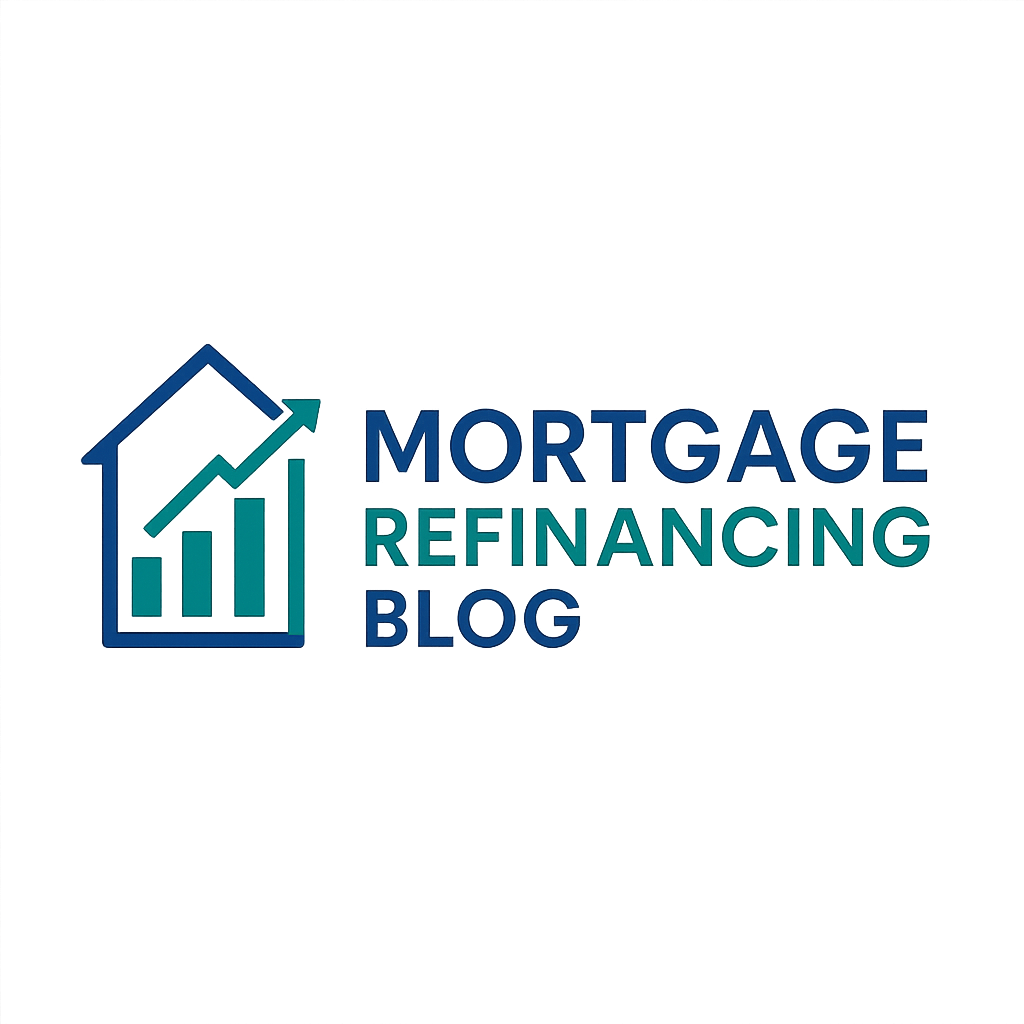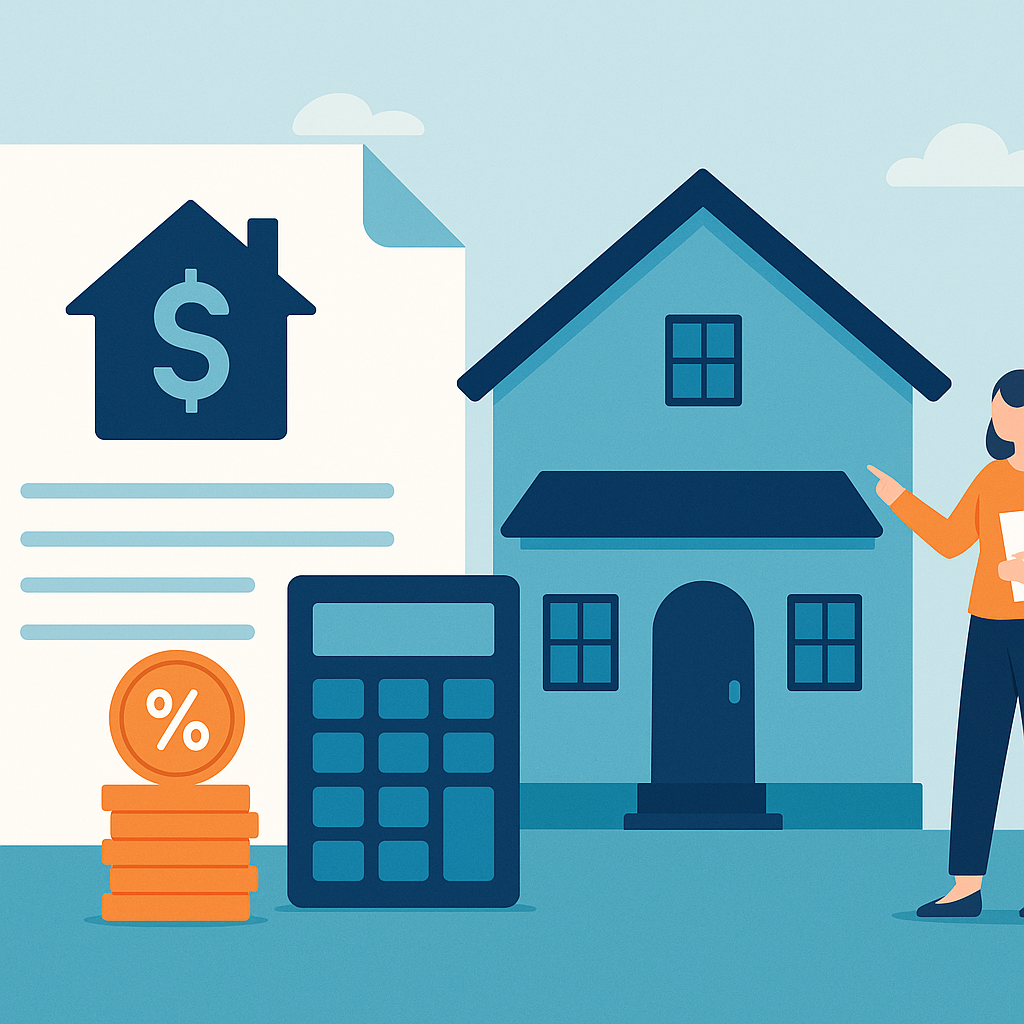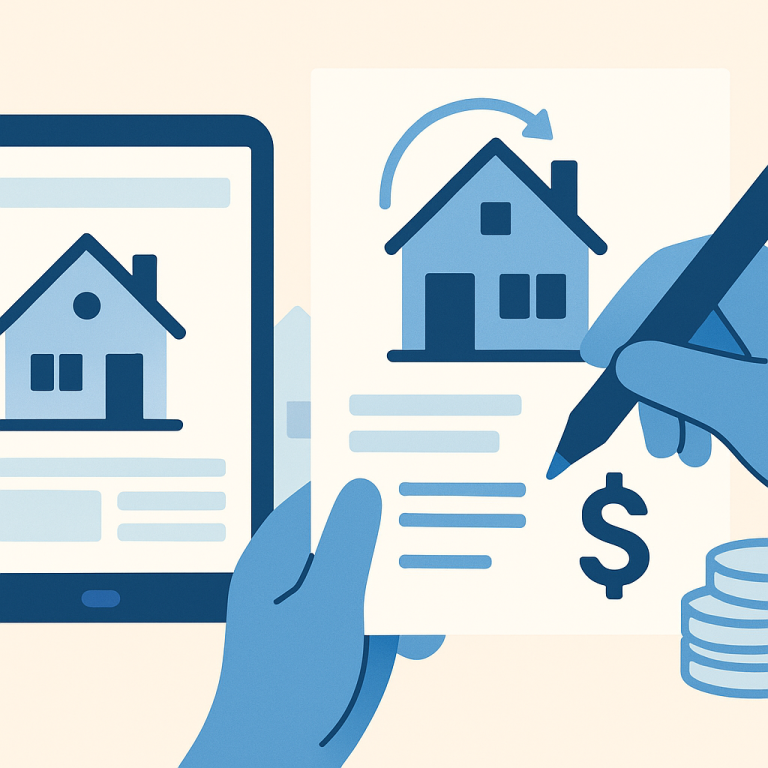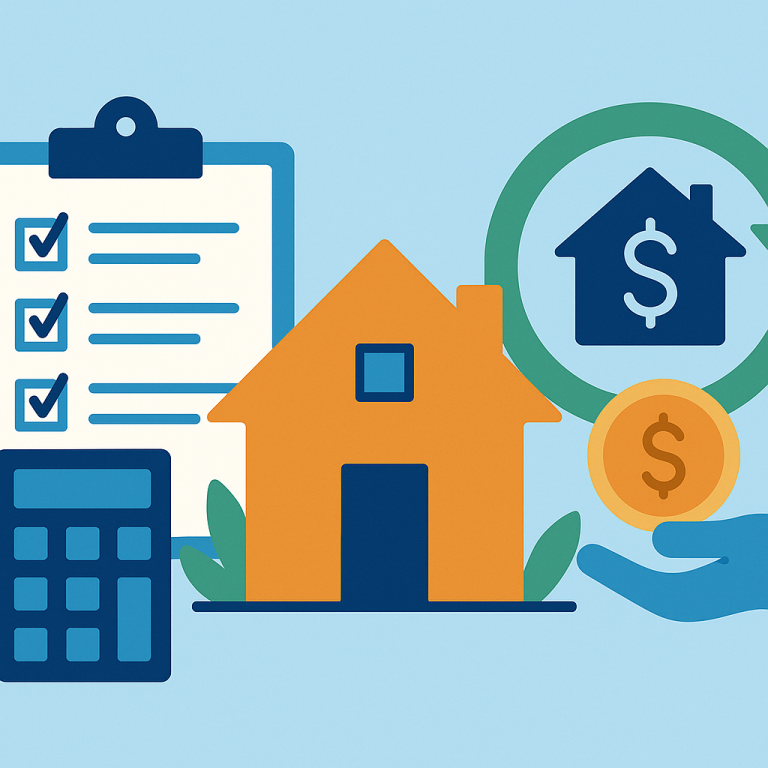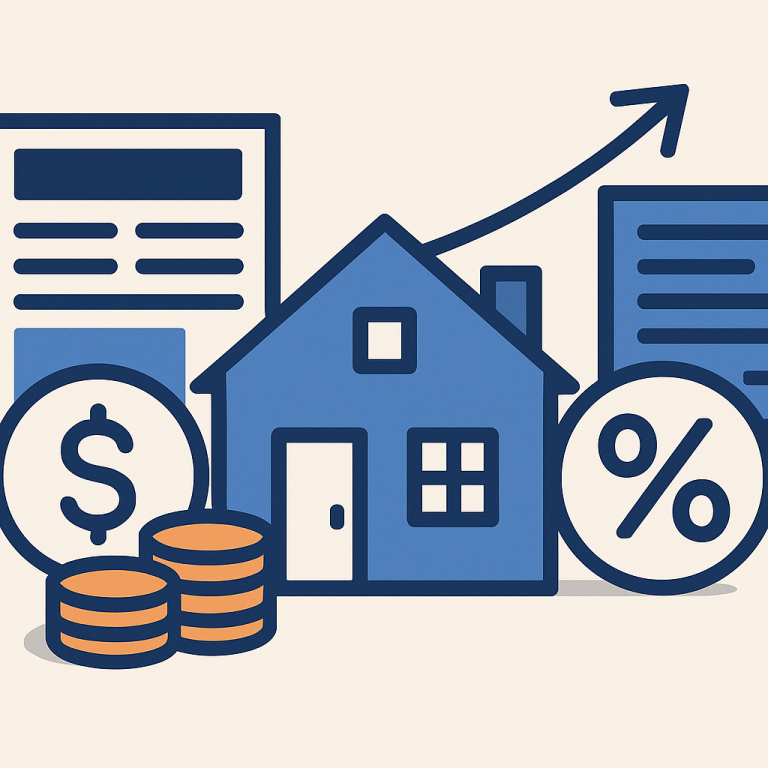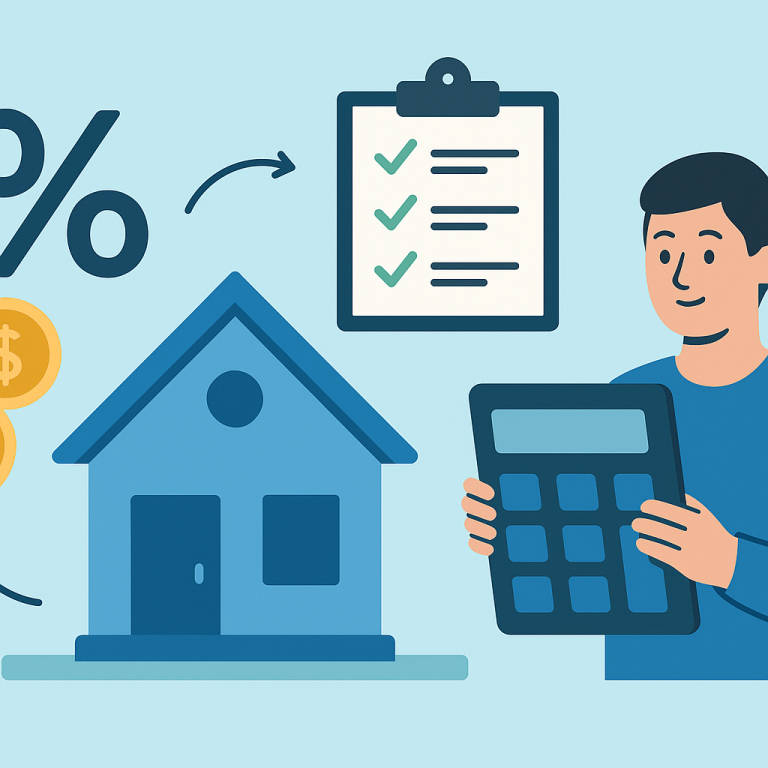Refinance guide prepayment penalty buyout via refinance
Prepayment penalty buyout via refinance: what it is and when it makes sense
A prepayment penalty buyout via refinance means you replace your current mortgage with a new loan and pay the lender’s prepayment penalty as part of the refinance transaction (either paid at closing or rolled into the new loan). Homeowners use this strategy to escape a higher interest rate, change loan type (e.g., from adjustable to fixed), shorten or extend term, or access cash — despite a penalty for paying the original loan off early.
It makes sense when the long-term savings from the new loan exceed the cost of the penalty plus refinance closing costs, and when you plan to stay in the home long enough to reach the break-even point. It also can be practical when the penalty is relatively small, when interest rates have dropped significantly, or when you expect higher payments or instability under the current loan (e.g., an ARM about to reset).
Benefits and drawbacks
Benefits
- Lower interest costs over time if the new rate is substantially lower.
- Improved payment stability (for example, locking into a fixed-rate mortgage instead of an adjustable-rate mortgage).
- Opportunity to shorten the loan term and build equity faster.
- Possibility to consolidate other higher-interest debt into the mortgage.
Drawbacks
- Immediate out-of-pocket cost: the prepayment penalty plus refinance fees.
- Rolling the penalty into the new loan increases your loan balance and may increase monthly payments or cause you to pay interest on the penalty.
- Possible private mortgage insurance (PMI), appraisal, or underwriting requirements that raise costs.
- Complex payoff mechanics for certain loan types (e.g., defeasance or yield maintenance) can be expensive.
Costs and fees to include in your calculation
When evaluating a buyout via refinance, include all of these in your total cost estimate:
- Prepayment penalty amount: Typically defined in your original mortgage note as a percentage of the loan balance (e.g., 1%–3%) or as a set number of months’ interest (e.g., three to six months). Some commercial loans require defeasance or yield-maintenance, which can be much higher.
- Refinance closing costs: Appraisal, title search and insurance, lender origination fees, recording fees, escrow/settlement fees, and any third-party costs. These often range from 2%–5% of the new loan.
- Discount points: If you buy rate with points, include their cost in the break-even calculation.
- PMI or mortgage insurance: If the refinance pushes your LTV above 80%, you may incur new mortgage insurance premiums.
- Prepaid items: Interest, taxes, or insurance escrows required at closing.
Step-by-step process
- Review your existing loan documents. Read the promissory note and any addenda to identify the exact prepayment penalty formula (percentage, months of interest, soft vs. hard prepay terms) and any timeline restrictions.
- Request a payoff statement. Ask your current servicer for a payoff and breakdown of any penalty so you have accurate figures.
- Estimate refinance scenarios. Get quotes from several lenders for comparable loan products and calculate monthly payment differences, total interest savings, and the break-even period (total up-front costs ÷ monthly savings).
- Decide how to handle the penalty. Options include paying it at closing out of pocket, rolling it into the new loan amount, or negotiating with the current lender for a reduction or waiver.
- Submit your refinance application. Provide documentation, lock a rate if appropriate, and complete any required appraisal or underwriting steps.
- Close the refinance. At settlement the new lender typically disburses funds to pay off the old loan and the prepayment penalty is paid according to the settlement statement.
- Confirm release and title updates. Get confirmation that the old mortgage is paid and the lien released; review the HUD-1 or Closing Disclosure to ensure the prepayment penalty was handled correctly.
Common pitfalls to avoid
- Miscomputing break-even: Forgetting to include the prepayment penalty, PMI, appraisal or other soft costs can falsely make a refinance look beneficial.
- Rolling the penalty into the loan without checking consequences: Increasing your principal may push you into PMI or lengthen the time you pay interest on that penalty portion.
- Overlooking loan type specifics: Some loans (commercial, certain investor programs, or securitized loans) require defeasance or yield-maintenance calculations that can be substantially higher than a simple percentage penalty.
- Assuming you’ll stay long enough: If you plan to move or sell soon, the upfront costs and penalty may never be recouped.
- Not negotiating: Lenders sometimes will reduce or waive penalties, especially if you show you plan to refinance with a different lender and they want to retain your business.
Short FAQ
Q: Can my lender refuse to accept a refinance payoff because of a prepayment penalty?
A: No — a lender cannot refuse payment of your loan. However, they can enforce the agreed-upon penalty. If you want to avoid the penalty, negotiate with the servicer, wait until the penalty window expires, or look for a workaround such as a refinance by a lender who will buy out the loan in a way that reduces fees.
Q: How do I calculate the break-even point?
A: Add the prepayment penalty plus estimated refinance closing costs (and any points) to get total up-front cost. Divide that figure by the expected monthly savings from the new payment. The result is the number of months until your savings cover your costs. Compare that to how long you plan to keep the home.
Q: Is the prepayment penalty negotiable?
A: Often yes. Lenders may reduce or waive penalties to retain business or if you refinance into a loan with the same servicer. It’s always worth asking. You can also shop for a new lender willing to structure the refinance in a way that minimizes your immediate out-of-pocket cost.
Q: Are prepayment penalties tax-deductible?
A: In many cases a prepayment penalty can be treated similarly to mortgage interest for tax purposes, but tax rules vary and depend on your situation. Consult a tax professional for specific guidance.
Refinancing to buy out a prepayment penalty can be a smart move when the numbers and your time horizon align. Take the time to run conservative calculations, understand the exact penalty formula in your original loan, and get multiple refinance quotes before deciding.
META: wordcount=approx.1000; reading_time=~6min
